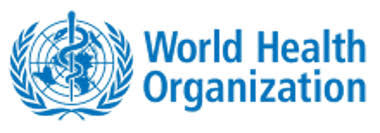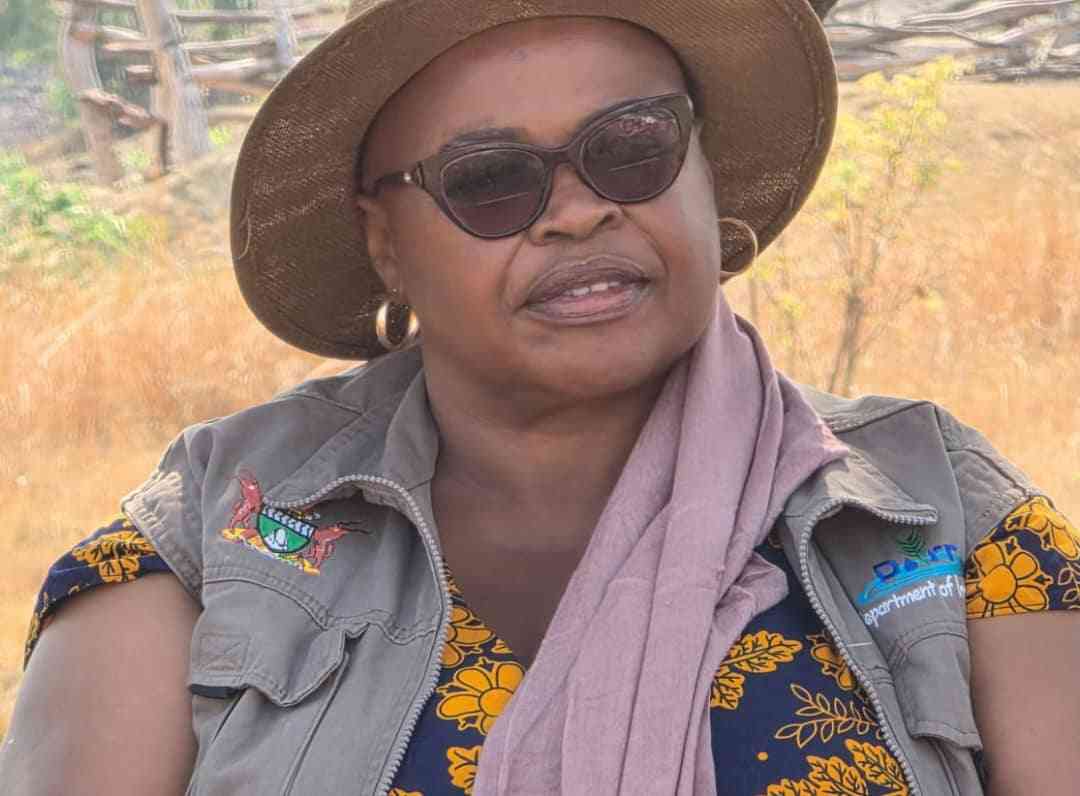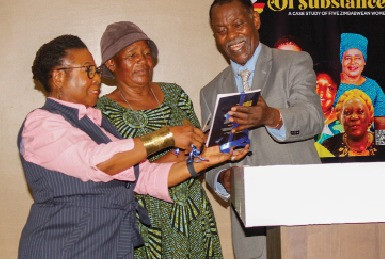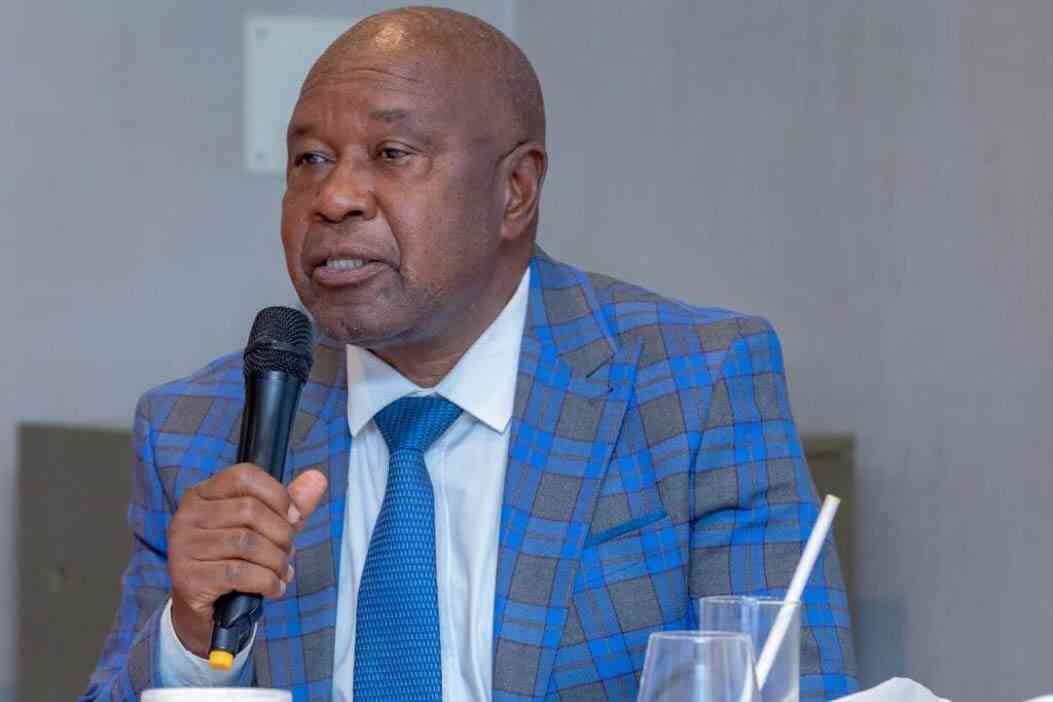
As a public health practitioner, I am deeply concerned about the increasing prevalence of drug and substance abuse among Zimbabwean youth.
The use of crystal meth and other illicit substances is having a devastating impact on the health, well-being, and productivity of our young people.
Alarming statistics
According to the United Nations Office on Drugs and Crime, approximately 269 million people worldwide used drugs at least once in 2020, with an estimated 500 000 deaths attributed to drug use disorders in 2019.
In Zimbabwe, the situation is equally alarming.
While exact statistics might be hard to come by, it is estimated that around 5 000 people are in rehabilitation centres at any given time, with tens of thousands treated or receiving assistance.
The World Health Organisation (WHO) reported in 2019 that Zimbabwe has the highest rate of 15 to 19-year-olds engaging in heavy “episodic drinking” in Africa.
Furthermore, the Zimbabwe Republic Police recorded approximately 6 700 cases related to alcohol, drug, and substance abuse in the last quarter of 2022.
- Zim health system is in intensive care: How it got there
- Measles threat growing
- Take your child for measles vaccination
- Residents cry foul over Ngozi Mine pollution
Keep Reading
The impact on Zimbabwe's youth
The impact of drug and substance abuse on Zimbabwe's youth is multifaceted.
Adolescents and young people, particularly those between 10-24 years old, who make up about 32% of the current population, are heavily involved in drug and substance abuse and risky behaviours.
This can lead to increased risk of mental health disorders, cardiovascular disease, and infectious diseases such as HIV and Aids.
Drug and substance abuse can also result in addiction, which can have long-term consequences for an individual's physical and mental health, ultimately leading to severe health complications and even death.
A deliberate attempt to undermine our youth?
Beyond the illegal economic sanctions that were imposed on us by our adversaries, they have adopted a new tactic: introducing drugs and substances to distract our youth.
This insidious strategy diverts their energy and focus away from nation-building and economic development, instead ensnaring them in substance abuse.
We must confront this threat head-on, uniting stakeholders to protect our youth and safeguard our nation's future.
Early signs and symptoms
It is essential to identify the early signs and symptoms of drug and substance abuse to provide timely interventions. Some common signs include:
*Changes in behaviour, mood, or appetite
*Increased secrecy or isolation
*Bloodshot eyes or pupils that are larger or smaller than usual
*Changes in sleep patterns or energy levels
*Sudden weight loss or gain
*Decreased interest in activities or hobbies
*Poor academic or work performance
Prevention measures
Preventing drug and substance abuse requires a multi-faceted approach. Some effective strategies include:
*Educating young people about the risks and consequences of drug and substance abuse
*Providing support and counseling for individuals and families affected by substance abuse
*Encouraging healthy lifestyles and activities, such as sports, arts, or community service
*Strengthening family bonds and relationships
*Improving access to mental health services and substance abuse treatment
A call to action
Under the leadership of President Emmerson Mnangagwa, Zimbabwe has made significant strides in addressing various health challenges.
To achieve his ambitious Vision 2030, which aims to transform Zimbabwe into a prosperous upper-middle-income nation, collective support from all stakeholders is essential.
Notably, the pressing issue of drug and substance abuse demands immediate attention and collaborative action.
I urge the government to prioritise this critical matter and work closely with various stakeholders to develop and implement effective strategies to combat drug and substance abuse, thereby safeguarding the health, well-being, and productivity of our nation and promoting healthy lifestyles among our youth.
Law enforcement and community engagement
In this case, the law enforcement agencies should continue prioritising identifying and apprehending the masterminds behind the drug trade, dismantling their supply chains, and bringing these perpetrators to justice, ensuring that they face the full weight of the law.
Community engagement and participation are also crucial in preventing drug and substance abuse.
We must work together to create a society that supports and empowers young people to make healthy choices and reach their full potential.
Conclusion
As we strive to achieve Vision 2030, collective action against drug and substance abuse is critical for our nation’s progress and stability.
The silent epidemic of drug and substance abuse threatens our nation’s future, but together, we can break the silence and take action to create a society where our youth can grow, thrive, and reach their full potential.
We must continue working together to address the root causes of drug and substance abuse, providing support for those affected, and promoting healthy lifestyles among our youth to ensure that they are equipped to contribute to the development and prosperity of Zimbabwe.
*Clever Marisa (PhD) is a public health practitioner. The views expressed in this article are those of the author and do not necessarily reflect the views of his affiliated institution or any organisation.











